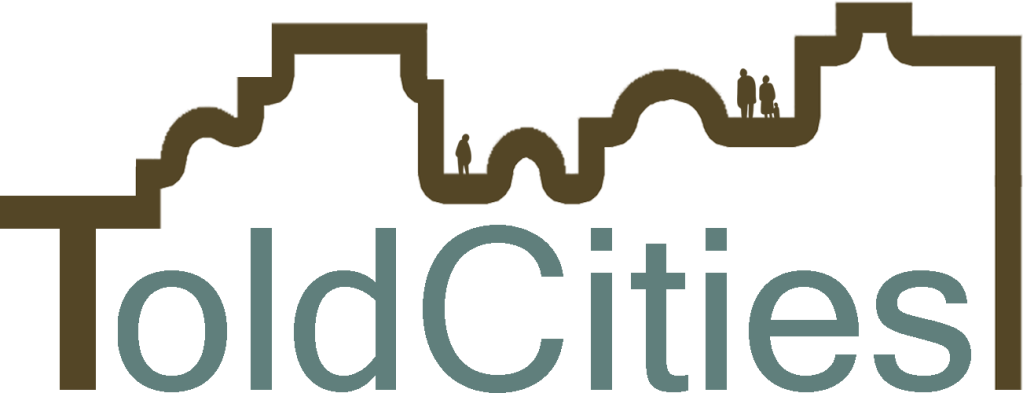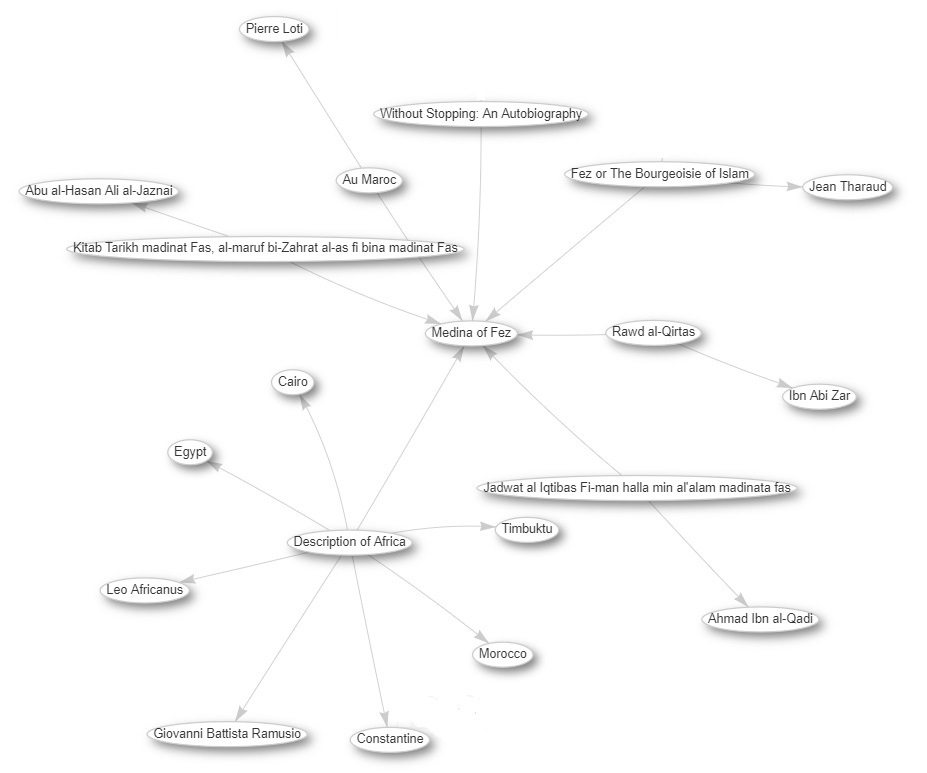Historical Cities listed as UNESCO World Heritage represent a treasure trove of history, art, and tradition. They stand as living witnesses to our shared human heritage, and their documentation is not just a responsibility but a privilege.
With a profound conviction regarding the importance of documenting these cities, Wiki World Heritage initiated the “Told Cities” project founded and overseen by Nassima Chaboun the chair of the group. The project aimed to deeply immerse itself in these urban areas and harness the collaborative strength of the Wiki project and its community to ensure comprehensive documentation.

The Essence of World Heritage Cities
World Heritage Cities are more than just urban landscapes; they are the soul of our shared history. These cities, around 130 recognized by UNESCO as vital cultural and historical sites, encompass a rich tapestry of architecture, monuments, and stories.
These cities are not only picturesque; they are invaluable repositories of our collective heritage. They provide a glimpse into the cultural diversity, architectural prowess, and societal evolution that has shaped human civilization.
Assimilated to open air museums, they are the living remnants of a previous era, and each building and street tells a tale of the past.

Told Cities: A mission of documentation
“Told Cities” is a mission founded on the belief that we can collectively contribute to the documentation of World Heritage Cities. The core objective is to make sure that these cities are well documented in several languages with all the components that define them by leveraging the power of Wikimedia projects and the diversity of the community all over the world.
With Wikimedia projects such as Wikipedia, Wikidata, and Wikimedia Commons, Wikisource we can dive into these cities and explore them form different perspectives. Imagine being able to explore monuments within the city, the timeline of the city, the people who made the history and how the city is depicted in books, songs, paintings etc..
Map of the City
By utilizing the Wikidata Query Service along with its map visualization mode, one can delve deep into the heart of the city and uncover its myriad monuments and buildings. These historical cities, akin to open-air museums, offer a treasure trove of architectural wonders waiting to be explored. With the aid of these maps, navigating through the labyrinthine streets and discovering the rich tapestry of historical buildings becomes an immersive and enlightening experience.

Timeline of the City
Using Wikidata, users can access structured data about historical buildings, query this data to retrieve inception dates, and visualize the information as a timeline, offering insights into the chronological development of a historical city’s architecture. This capability enables historians, researchers, and enthusiasts to explore and understand the evolution of urban landscapes over time.

People of the City
It’s also possible to leverage the power of Wikidata Query Service to display a graph of individuals associated with a historical city offering a fascinating glimpse into the city’s social fabric and cultural heritage. By accessing structured data about notable figures, residents, and influential personalities linked to the city, users can unravel the intricate web of connections that have shaped its history. This interactive visualization not only provides valuable insights into the city’s past but also invites exploration and discovery, allowing users to delve deeper into the lives and stories of those who have left their mark on its legacy.

Written Works of the City
Harnessing the capabilities of Wikidata Query Service to visualize a graph of written books and manuscripts (which can be available on Wikisource) depicting a historical city offers a compelling exploration of its literary heritage and cultural significance. This dynamic visualization not only provides valuable insights into the city’s literary landscape but also serves as a gateway to further exploration and scholarly inquiry, inviting users to delve deeper into the stories and narratives that have shaped its identity over time.

Told Cities: An opportunity of collaboration
Told Cities presented a pivotal opportunity for Wiki World Heritage to forge collaborations with numerous heritage organizations, particularly in countries lacking local Wikimedia affiliates, with the shared goal of comprehensively documenting historical cities using Wikimedia projects.
These partnerships underscored the indispensable role of engaging with local communities to achieve a more thorough and robust documentation of our collective cultural heritage.
Through collaborations with organizations from Guatemala, Ethiopia, and Senegal, the project tapped into a wealth of knowledge and insights, enabling a more holistic portrayal of historical cities and their significance.
Thanks to Told Cities, Wiki World Heritage established partnerships with the following organizations:
- Centro Regional De Patrimonio from Guatemala, focusing on documenting Antigua Guatemala
- Heritage Watch Ethiopia from Ethiopia, aiming to document the historical city of Harar Jugol
- Association Nationale pour La Promotion des Patrimoines Sénégalais from Senegal, dedicated to documenting the historical cities of Saint Louis and Île de Gorée
The primary objectives of these partnerships included:
- Introducing the Wikimedia movement to these organizations
- Training trainers on Wikimedia projects, specifically Wikipedia, Wikidata, and Commons
- Providing assistance to these organizations during the organization of workshops.
Through the power of Wikimedia projects and the collective efforts, we can ensure that these “old” cities continue to be “told” for generations to come.
Together, we can share the stories of World Heritage Cities and make sure that these extraordinary places remain a source of inspiration and wonder for all.

Can you help us translate this article?
In order for this article to reach as many people as possible we would like your help. Can you translate this article to get the message out?
Start translation